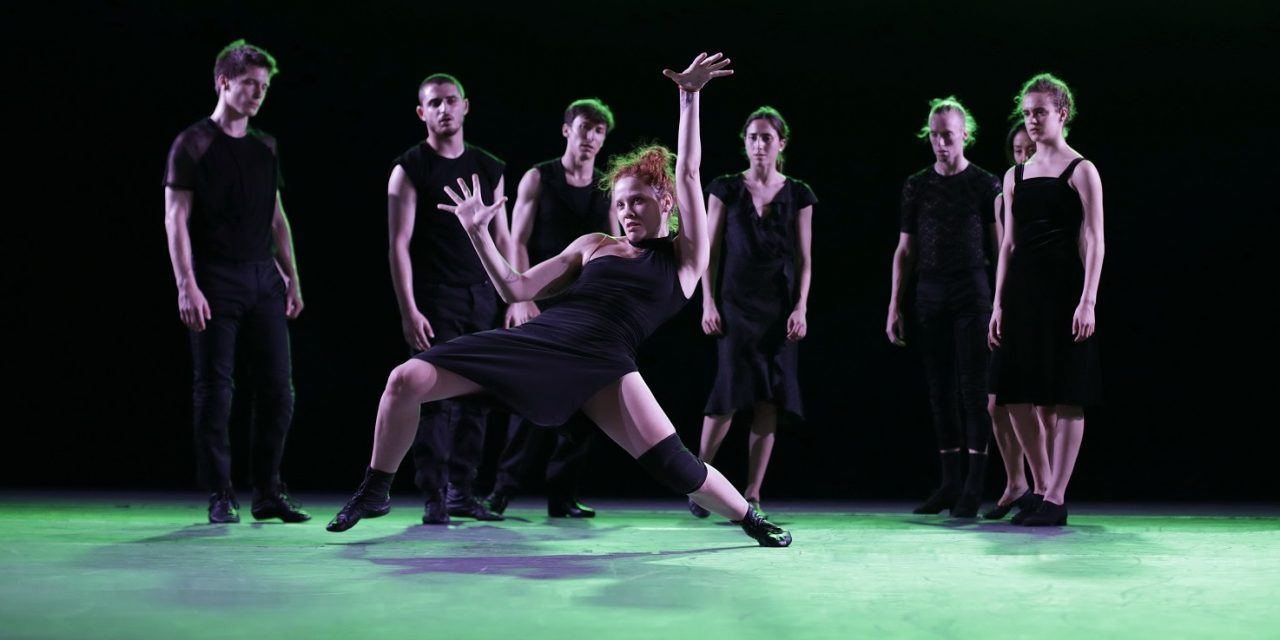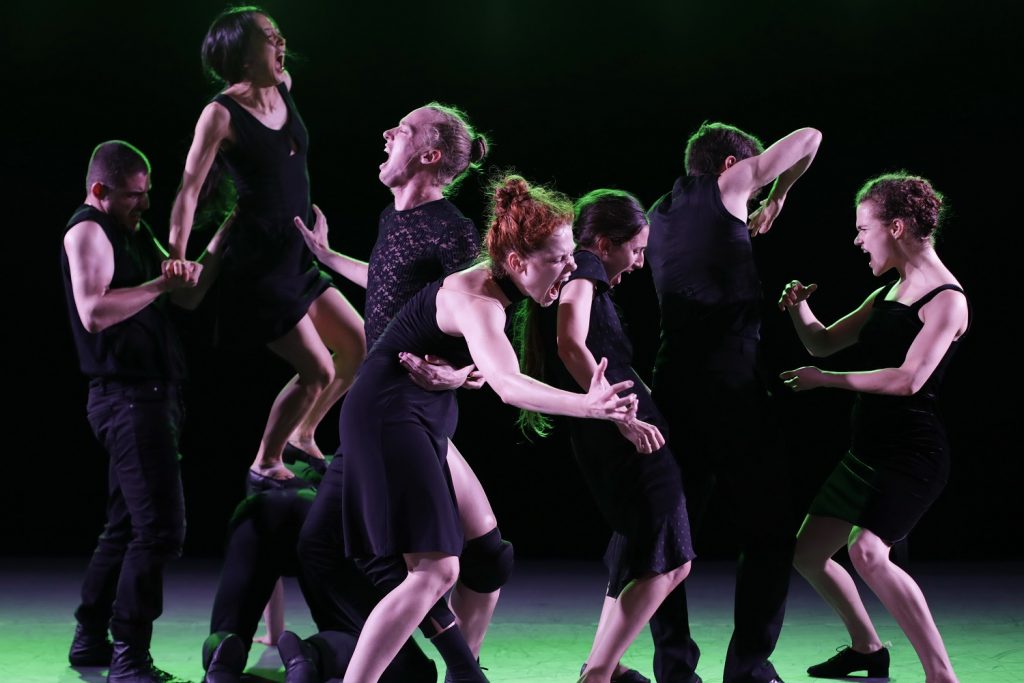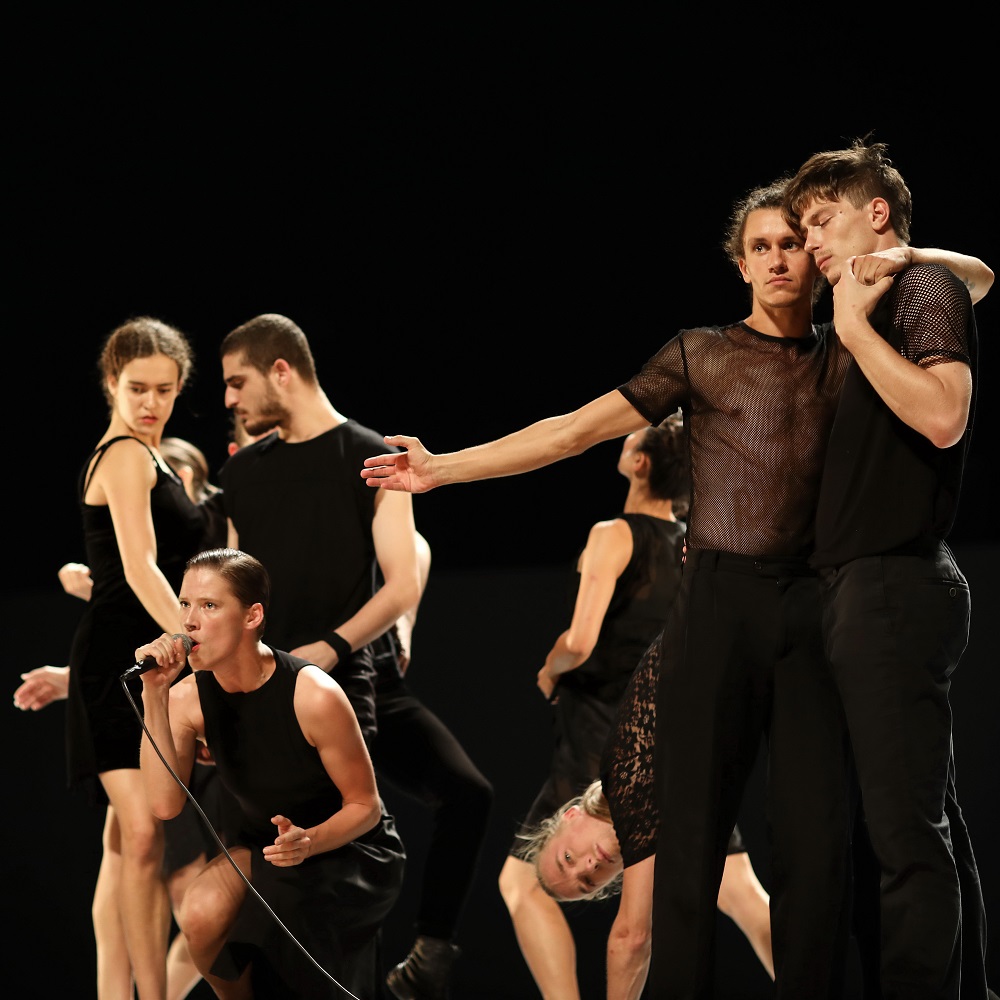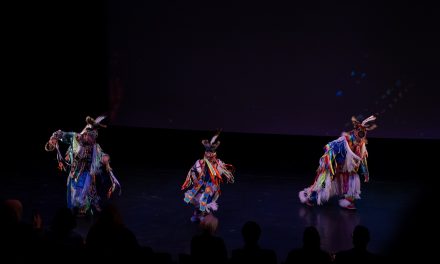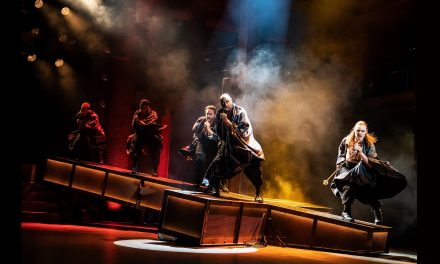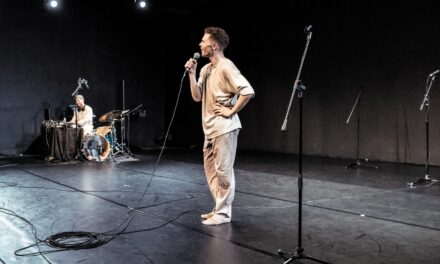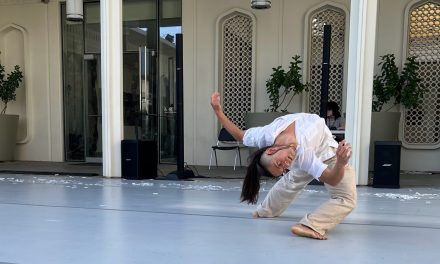Ohad Naharin has been a strong force in the world of contemporary dance since the 90s: the codification of his Gaga technique and his leadership at Batsheva Dance Company popularized an aesthetic that dominates the bubbling contemporary dance scene today. Gaga simultaneously gave post-modern a run for its money and gave contemporary dance whiplash, redirecting it rapidly toward sensation-based rather than pedestrian-focused movement. The dancers of Batsheva are of a breed trained for technical perfection, and then untrained once they meet Naharin. Forget lines—these dancers dance to evoke feelings, quirky adjectival descriptions.
I was able to take Gaga class with Naharin at the USC Glorya Kaufman International Dance Center the morning before the company performed Venezuela at CAP UCLA’s Royce Hall. He was calm and tender but also somewhat formidable, an enigmatic personality I thought I would never see outside the screen. He taught us how to acknowledge the weight of our limbs and then defy it: “don’t be shaped by gravity,” he commanded. Later in the night, I found that this defiance was just the first step to Naharin’s methodical madness. The dancers of Batsheva did more than defy gravity; they defied their limbs, their joints, each other, the music.
The curtain rose at Royce Hall on Friday evening before the house lights dimmed—abrupt, but the audience scattered into their seats within seconds, and the eight dancers clumped onstage had complete command. They walked slowly toward the scrim to nondescript Gregorian chants, the kind we as dancers tend to exploit for drama but never quite understand. The silence was broken by an eruption into pairs, each of which danced a fast but floppy Latin ballroom combination, all trademarks included (even the affected fish-out-of-water gasping mouth movements). The kitschy ballroom was not for lack of dancers’ ability: these performers have more than enough skill to adapt such a technique if asked of them. My suspicion? Naharin pulls out the idiosyncrasies of the form to show that they bestow its identity. We still know it’s ballroom without the technique, but he gives the outlines so we can identify. The forwardness of the ballroom style clashes with the Gregorian chants, wistful and holy.
Out of the ballroom the dancers fade into perfectly synced skips, in and out of what must be a dozen wings on each side. They settle into a line, along which a solo dancer poses with a microphone before he and a duet partner burst into Notorious B.I.G.’s “Dead Wrong,” backing track completely absent. The Royce Hall audience is tense: the concert proscenium is rarely confronted with profanity of this caliber. Naharin’s disruption is clear here, but his use of Biggie’s track begs the boundaries of appropriation—how much is he allowed to adapt this Black voice to make his point?
The rest of the first 40-minute half involves dancers waging war on blank canvases, slamming them against the floor. Several dancers—standouts Hani Sirkis, Amalia Smith, Chun Woong Kim, and Erez Zohar—demand the space in abstract breakout solos. Each accomplishes incredible feats of physicality with a wildness that is somehow still magnificently controlled. They accumulate into a precise madness, the score building into a deafening buzz, until Zohar screams a single scream of frustration, rage, at the audience. Lights black out and a second cast of dancers has suddenly reset, the same clump of eight at the top.
The choreography repeats—all 40 minutes of it—with new music, new lighting. Biggie plays behind the rappers onstage this time; Rage Against the Machine accompanies the canvas-slamming. This time, the canvases are flags of many nations. The choreography is politically coded, energy-rich, and still achieves an incredible physical prowess (though several dancers overlap between the first and second sections). It is simultaneously both predictable and volatile.
Naharin says he’s dreamt of this work for some 60 years, though it entered process in the studio just a few seasons back. It’s the idea that you know you should have thought of once you’ve seen it. But Naharin crafts it best, and his dancers are the only movers interesting enough to pull you through the same movements twice.
The non-diametric opposition is pleasing, and in the swell of the second half, so satisfying that you want to grab a flag and yell anarchy alongside the company. They are by no means a corps de ballet, even in unison sections. The precision required of Gaga dancers lies in attention to sensation, not in aesthetic or line, so each body translates the instruction differently. Yet they lack no cleanliness. The synchronization is somehow still flawless: angles, directions, and otherwise. They are virtuosic if not breathtaking, with an intensity that threatens a bite if you come too close to the cage.
Naharin has created a breed of superhumans, so aware of their bodily capacity that they can indeed defy gravity—and the limits of the proscenium.
For more information on Batsheva Dance Company, click here.
For more information on CAP UCLA, click here.
Featured image: Batsheva Dance Company – Venezuela – Photo: Ascaf

